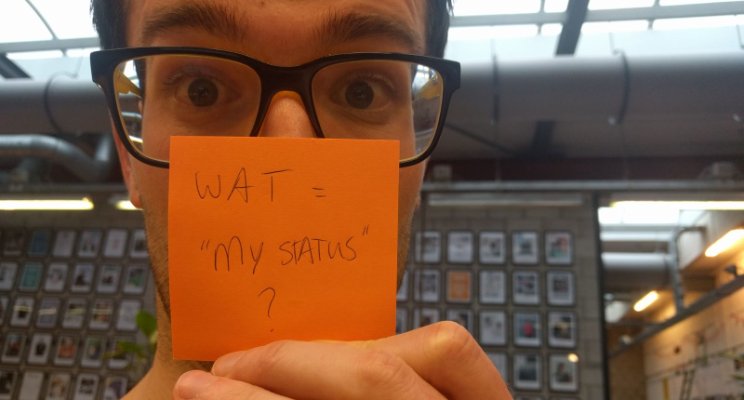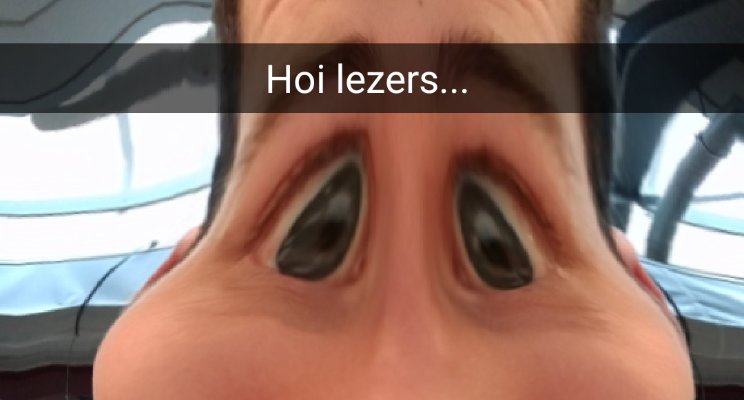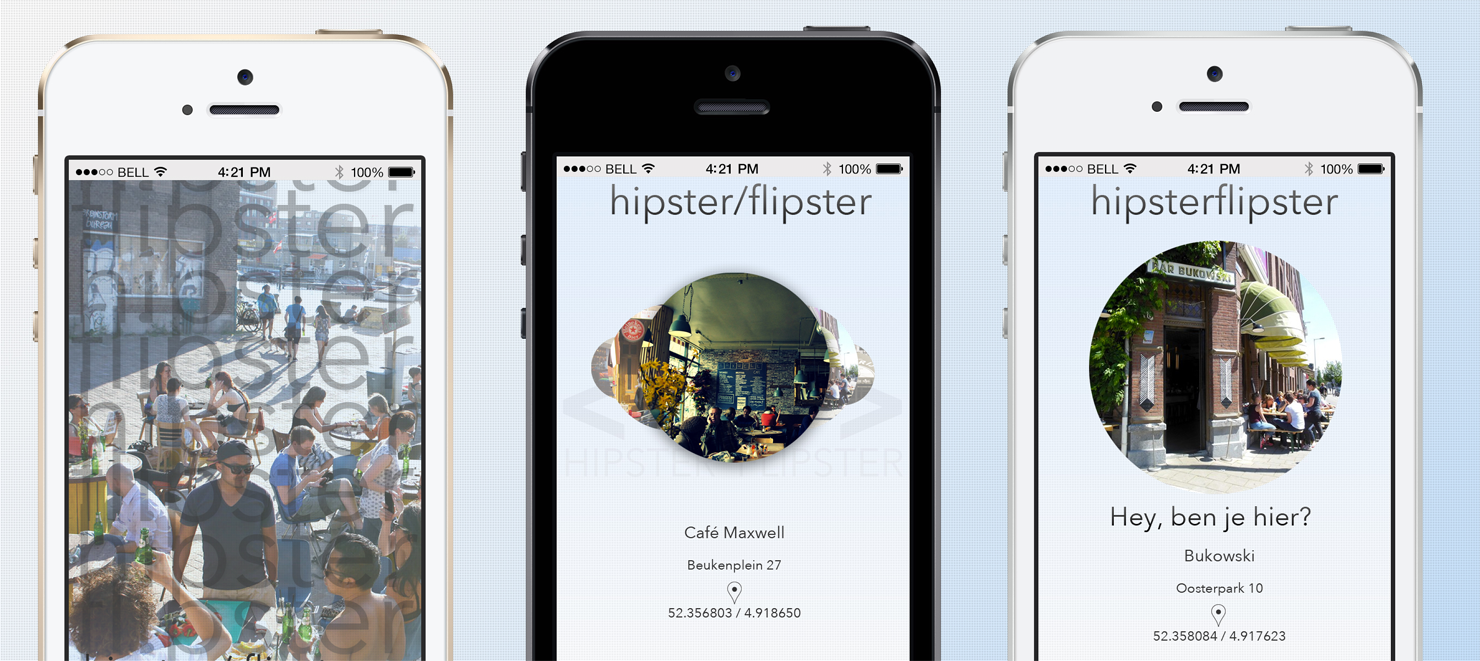BLOG: Hoe WhatsApp plots een platform werd…
Na de overname van de berichtendienst door Facebook, was het wachten op de eerste échte grote veranderingen van WhatsApp. Vandaag is het zover: op mijn Android-telefoon, in het hoofdscherm van WhatsApp, tussen ‘chatten’ en ‘calls’,


